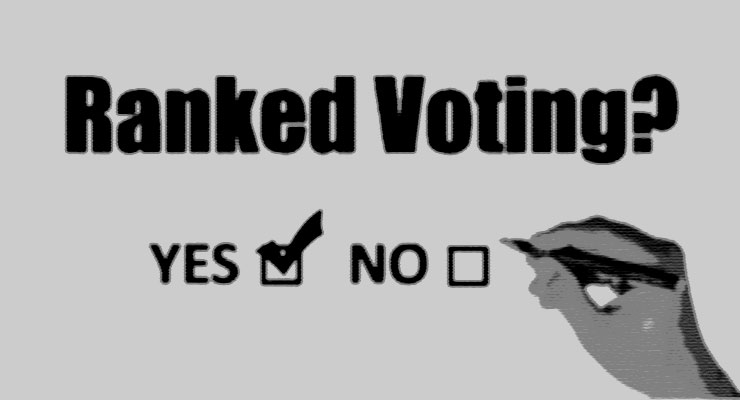 This article by Jeremy Seitz-Brown is published by Fair Vote. Here’s an excerpt:
This article by Jeremy Seitz-Brown is published by Fair Vote. Here’s an excerpt:
Whenever a candidate takes office without support from a majority of voters, we are left wondering if things might have turned out differently if the race were narrowed to a contest between the two frontrunners. In high-profile and consequential elections like governors’ races, clear majority backing helps create broad mandates for governing and encourages legislators to work with state leadership to serve the people’s interests. Unfortunately, from 1946 to 2021, 128 of the 1,092 gubernatorial elections nationwide – or 11.7 % – were won by candidates who won less than 50 percent of the vote. If these races had used ranked choice voting (RCV), voters who backed less popular candidates would have the option to express a preference between the top two candidates, providing consensus to the eventual winner.
Since 1946, no gubernatorial general election has been won with less than 35 percent of the vote. The following is a list of every gubernatorial general election over that span won with less than a majority of votes cast, with the state, year, elected winner and winning percentage. Notable recent plurality wins where RCV might have impacted the result include Kentucky in 2019 and Kansas in 2018.
Majority rule paired (with protections for minority rights) is a fundamental tenet of modern American democracy. Improving our elections with ranked choice voting to ensure majority support for elected officials like state governors is an important step toward achieving the promise of a representative republic.
Find more information on this article here. Also see related Democracy Chronicles articles like those on Voting Methods, Direct Democracy, and definitely check out our main Voting Methods section.
Leave a Reply